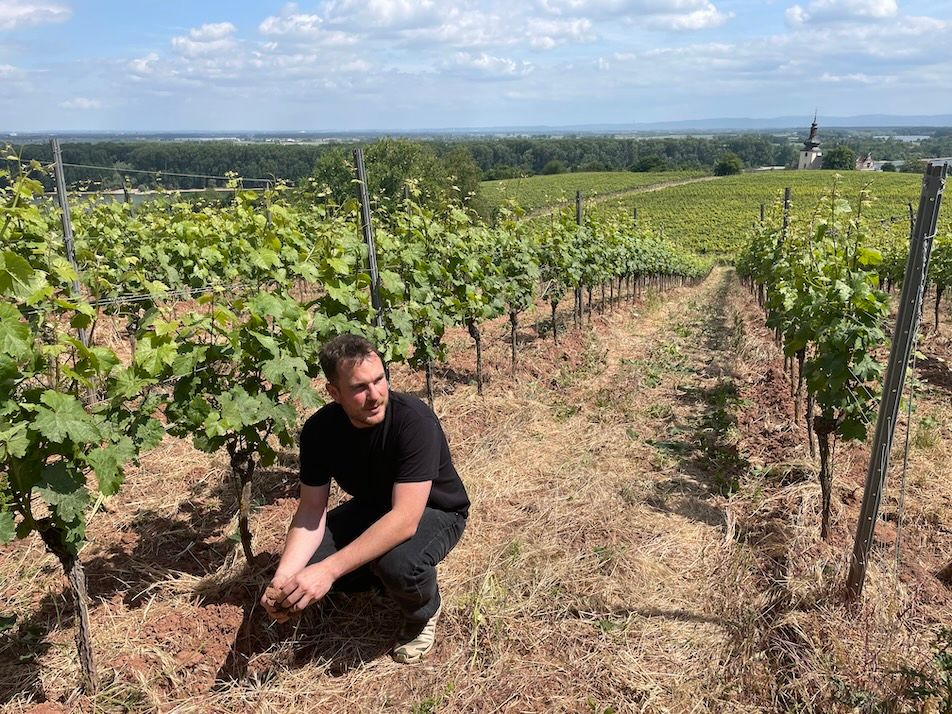Anne Krebiehl MW hosts a masterclass that shows 11 Dry German Riesling from Iconic Single Sites and reveals their outstanding quality
One of the highlights of The Great Riesling Tasting held in London mid-May was a masterclass that showed dry German Riesling at its very best. Anne Krebiehl MW showed a wine from 11 of Germany’s 13 wine regions. Each wine was picked from an iconic single site, and every wine was from the ripe 2012 vintage which happened to be dry, had very little rot and produced opulent wines. These wines are built to last on account of their high acidity and none of whom had fully opened out. One “doesn’t want to talk to us today” as Anne put it, and the others had only just started getting going.
An additional factor to the tasting was that half of the winemakers Krebiehl had picked are in German trading body the VDP, and half of whom are not.

Three regions of the Mosel, Rheingau and Baden were the first five wines on show

Riesling from the Nahe, Rheinhessen, Württemberg, Pfalz and Sachsen followed

We also tasted this Riesling from Franken (the sixth in the tasting)
The reason the sites that Krebiehl had picked are iconic is because they each have a unique mix of topography, soil type, gradient, height above sea level and distance from a river meant that these are places where Riesling has historically been able to ripen fully (pre-climate change).
All the wines had ‘kick ass acidity’ ranging from 5.9 g/l to 8.5 g/l. The amount of residual sugar ranged from 2.4 g/l in the wine from Rheinhessen to 12.1 g/l in the case of the Riesling from Saxony. Each of the wines were totally balanced. And all of them were world class. When the masterclass ended many attendees were slow to leave and some shaking their heads in disbelief. On no account under-estimate how spectacular these wines are and, given the quality on show, how they are such incredible value.
If this quality of wine was from Burgundy the costs would be several times more. At least.
What we learned
- In Germany Riesling grows across 4 degrees of latitude
- Riesling is an adaptable grape and clearly showed its origins, whether the soil was limestone, sandstone, marl, slate or granite.
- To make dry wines, especially in the Mosel, the winemaker has to ‘be on first name terms with the vines’ i.e. a lot of works done in the vineyard. Any rot and you can’t make a dry wine.
- Limit your Riesling sights on the Mosel and Rhine at your peril – there is plenty of great Riesling made outside the Mosel and Rhine.
Dry German Riesling from Iconic Single Sites took place at The Great Riesling Tasting in London on May 16. This event occurs every two years and was attended by 400 trade and consumer representatives. The organisers reported that sommeliers, in particular showed up in force including representatives from The Ritz, The Gordon Ramsay Group, The Greenhouse, Galvin at Windows, Harvey Nichols, Le Gavroche, Locanda Locatelli, Restaurant Sat Bains, Royal Garden Hotel, Sexy Fish, Tate, The Fat Duck, The Honours Edinburgh, Waterside Inn, Yashin Ocean House and Zuma.










































